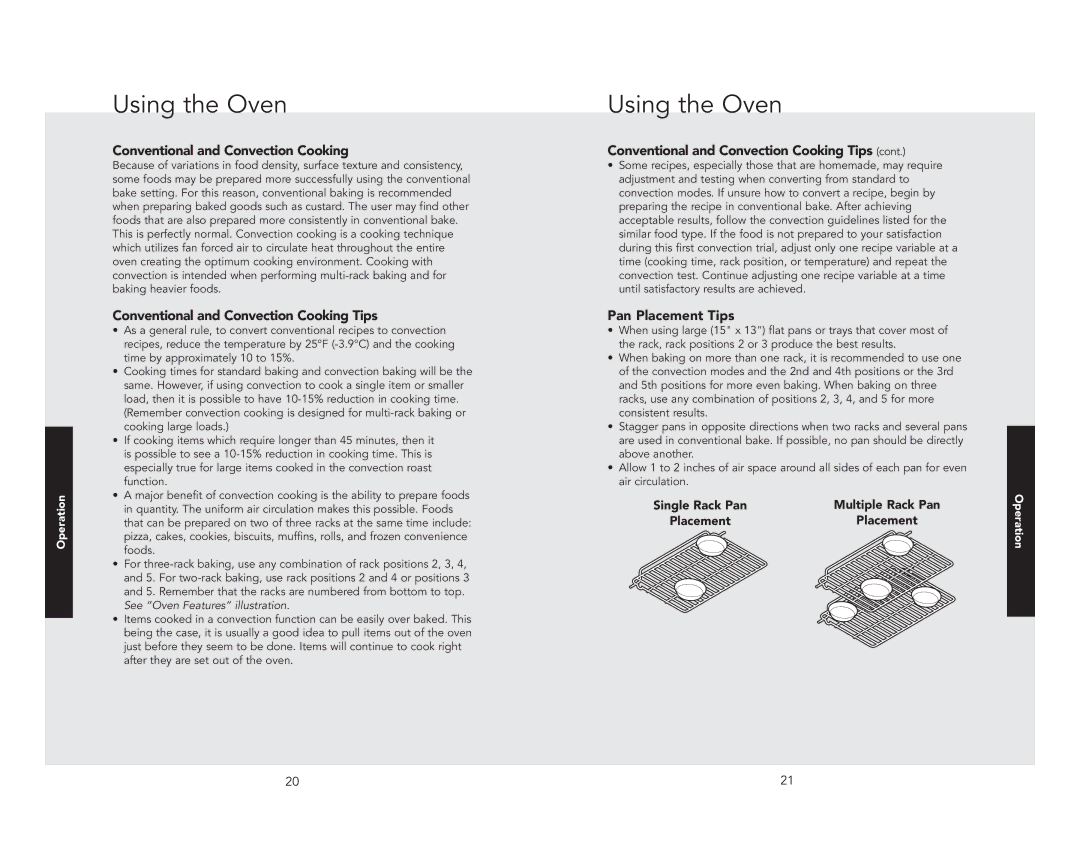F21192 EN specifications
The Viking F21192 EN stands out as a remarkable representation of modern engineering in the category of industrial vehicles. Designed primarily for heavy-duty applications, the F21192 EN combines durability, power, and advanced technology to meet the demands of various industries, including construction, agriculture, and logistics.One of the main features of the Viking F21192 EN is its robust and rugged build, making it suitable for harsh working environments. Constructed with high-strength materials, the vehicle is able to withstand the rigors of daily operation while ensuring safety and longevity. Its high ground clearance and reinforced chassis allow for safe navigation across rough terrains, contributing to its versatility.
The powertrain of the F21192 EN is another significant aspect. Equipped with a high-performance engine, this vehicle offers impressive torque and horsepower, enabling it to handle heavy loads with ease. The engine is designed for fuel efficiency, minimizing operational costs while maximizing productivity. Additionally, the transmission system is engineered for seamless gear changes, providing a smooth driving experience under various conditions.
Technologically, the Viking F21192 EN is outfitted with cutting-edge features that enhance its functionality and usability. The vehicle incorporates advanced telematics systems, allowing for real-time monitoring of performance metrics, location tracking, and diagnostics. This feature not only increases the efficiency of fleet management but also aids in predictive maintenance, reducing downtime and repair costs.
Another notable characteristic is its ergonomic design, focusing on driver comfort and safety. The cabin is spacious and user-friendly, equipped with modern controls and adjustable seating to enhance the operator's experience. Safety features include advanced braking systems, stability control, and visibility enhancements, ensuring that the vehicle remains reliable in various situations.
In conclusion, the Viking F21192 EN is a powerful and efficient industrial vehicle that embodies the latest advancements in technology and engineering. Its combination of rugged construction, high performance, and smart technology makes it an ideal choice for businesses seeking reliability and efficiency in challenging environments. Whether in construction sites or agricultural fields, the F21192 EN remains a formidable contender, ready to tackle any job that comes its way.

